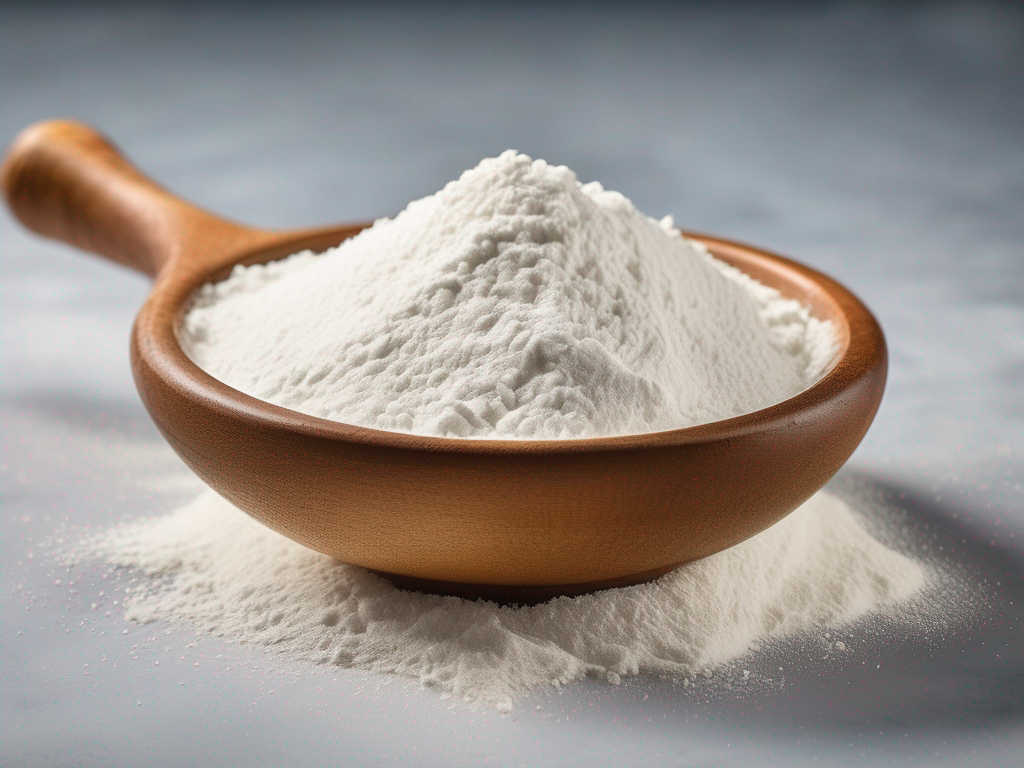
Is it Safe to Use Expired Cornstarch in Recipes?
Get Your Free Food Safety Cheat Sheet
30 most common foods with instant answers. Print it and stick it on your fridge—completely free!
Is it Safe to Use Expired Cornstarch in Recipes?
In the world of cooking and baking, cornstarch is a versatile ingredient commonly used as a thickening agent in sauces, soups, and desserts. However, like many pantry staples, cornstarch can also expire over time. The question that often arises is whether it is safe to use expired cornstarch in recipes. In this blog post, we will explore the safety implications of using expired cornstarch and provide practical tips for storing and using this popular ingredient. (Cornstarch)
Understanding Cornstarch Expiration
Cornstarch, a powdery substance derived from the endosperm of corn kernels, is generally considered shelf-stable and can last a long time if stored properly. However, over time, cornstarch can lose its effectiveness as a thickening agent and may develop an off-flavor or odor. While consuming expired cornstarch is not necessarily harmful, using it in recipes may impact the texture and taste of the final dish.
Signs of Expired Cornstarch
Here are some signs that indicate cornstarch may have gone bad:
- Change in color: If the cornstarch has darkened or developed spots, it is best to discard it.
- Unpleasant odor: If the cornstarch smells off or rancid, it is no longer suitable for use.
- Clumping: Clumpy or hardened cornstarch is a sign of moisture exposure and spoilage.
Safety Considerations
While using expired cornstarch may not pose a significant health risk, it is essential to exercise caution when incorporating it into recipes. Here are some safety considerations to keep in mind:
Risk of Food Spoilage
- Expired cornstarch may not provide the desired thickening effect in recipes, leading to unsatisfactory results.
- In some cases, using expired cornstarch in dishes may alter the taste and texture, affecting the overall quality of the food.
Allergen Contamination
- Cross-contamination of allergens could occur if expired cornstarch is stored improperly or comes into contact with allergenic substances.
- Individuals with food allergies should be especially cautious when using expired ingredients like cornstarch in their cooking.
Tips for Storing Cornstarch
To ensure the longevity and quality of your cornstarch, follow these storage tips:
- Keep it in a cool, dry place: Store cornstarch in an airtight container in a cool, dry pantry away from heat and moisture.
- Avoid exposure to light: Light can degrade the quality of cornstarch over time, so store it in a dark pantry or cabinet.
- Check the expiration date: Rotate your pantry items regularly and use older cornstarch first to avoid expiration issues.
Using Expired Cornstarch Safely
If you find yourself with expired cornstarch and are hesitant to throw it away, consider these tips for using it safely:
- Perform a sensory check: Before using expired cornstarch, check for any signs of spoilage such as off-odor or discoloration.
- Adjust the quantity: If the cornstarch has lost some of its thickening power, you may need to use a bit more in your recipes to achieve the desired consistency.
- Test in a small batch: To avoid ruining an entire dish, test the expired cornstarch in a small batch first to see how it performs.
Conclusion
In conclusion, while using expired cornstarch may not pose a significant health risk, it is essential to consider the potential impact on the quality of your dishes. By understanding the signs of spoilage, following proper storage practices, and exercising caution when using expired cornstarch in recipes, you can make informed decisions about its safety and suitability for consumption. Remember, when in doubt, it's always best to err on the side of caution and replace expired ingredients with fresh ones for optimal results in your cooking and baking endeavors. (Cornstarch)
Related Posts
Here are some other articles you might find helpful:
Authoritative Food Safety References
These agencies and university labs inform every tip and health precaution we publish.
USDA FoodKeeper – Cold Storage Guidelines
Official refrigerator, freezer, and pantry timelines maintained by the U.S. Department of Agriculture.
Visit USDA FoodKeeperFDA Produce Safety Rule & Grower Guidance
Field-to-fridge handling practices that prevent contamination of fruits, vegetables, and leafy greens.
Visit FDA Produce SafetyCDC Foodborne Illness Prevention Hub
Surveillance-backed guidance on pathogens, symptoms, and steps to reduce foodborne illness risk.
Visit CDC Food SafetyUC Davis Postharvest Technology Center
University research detailing optimal storage atmospheres for produce after harvest.
Visit UC Davis PostharvestPenn State Extension – Home Food Preservation & Safety
Peer-reviewed extension bulletins on safe canning, chilling, and reheating practices.
Visit Penn State ExtensionGet Your Free Food Safety Cheat Sheet
30 most common foods with instant answers. Print it and stick it on your fridge—completely free! Want more? Upgrade to the complete guide with 70+ foods.
Scan your food directly and get instant safety info using our AI-powered camera feature.